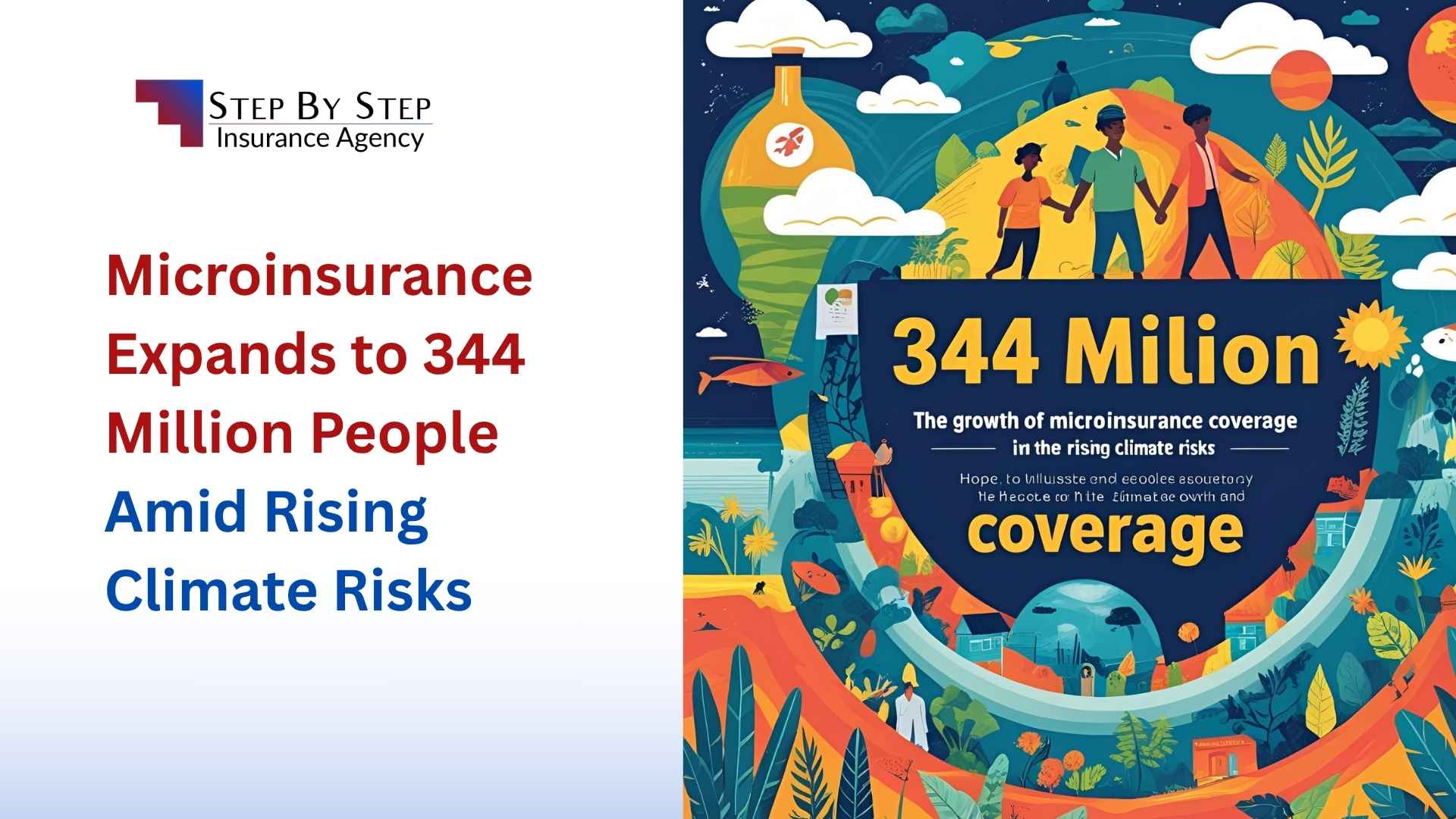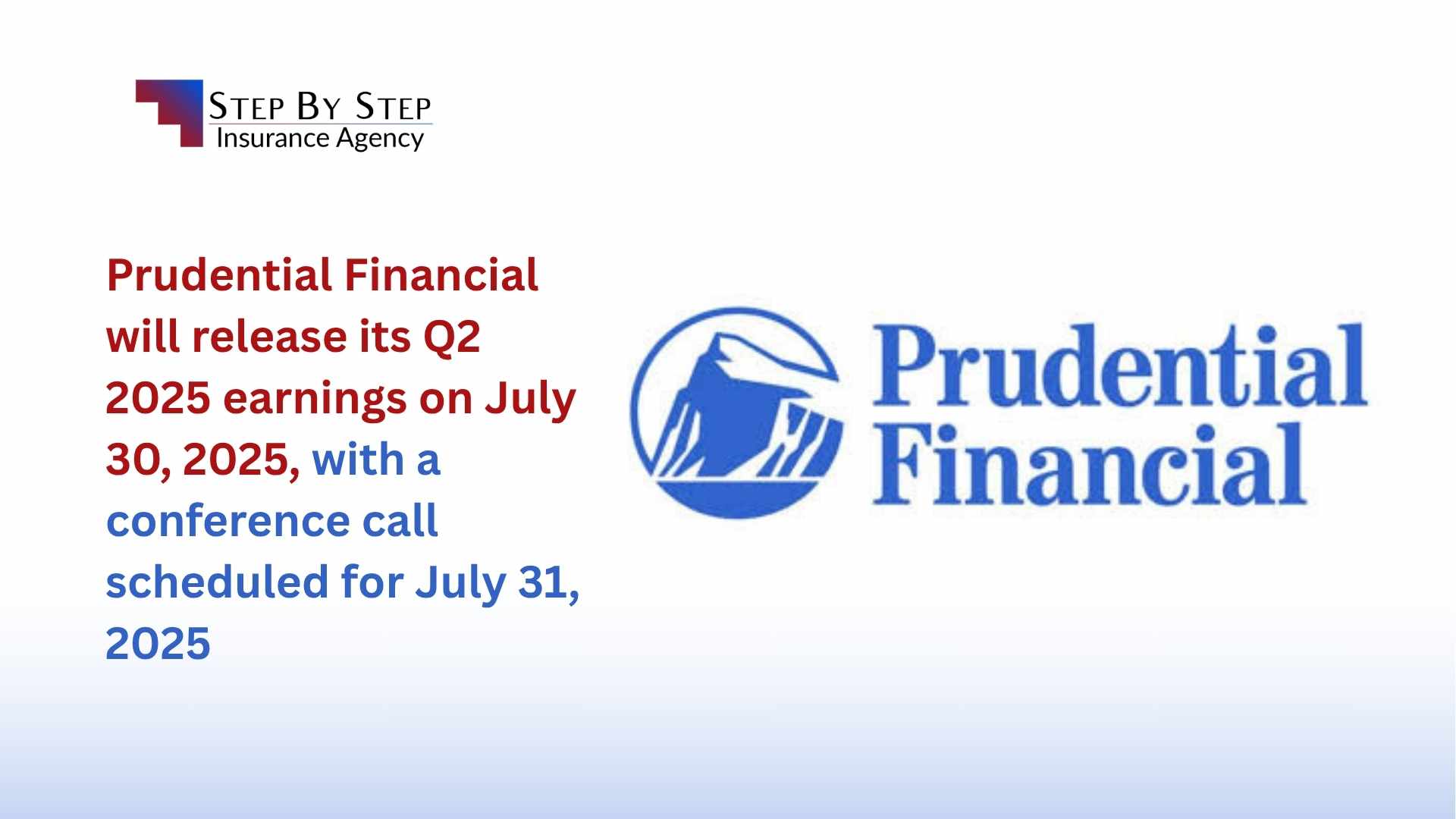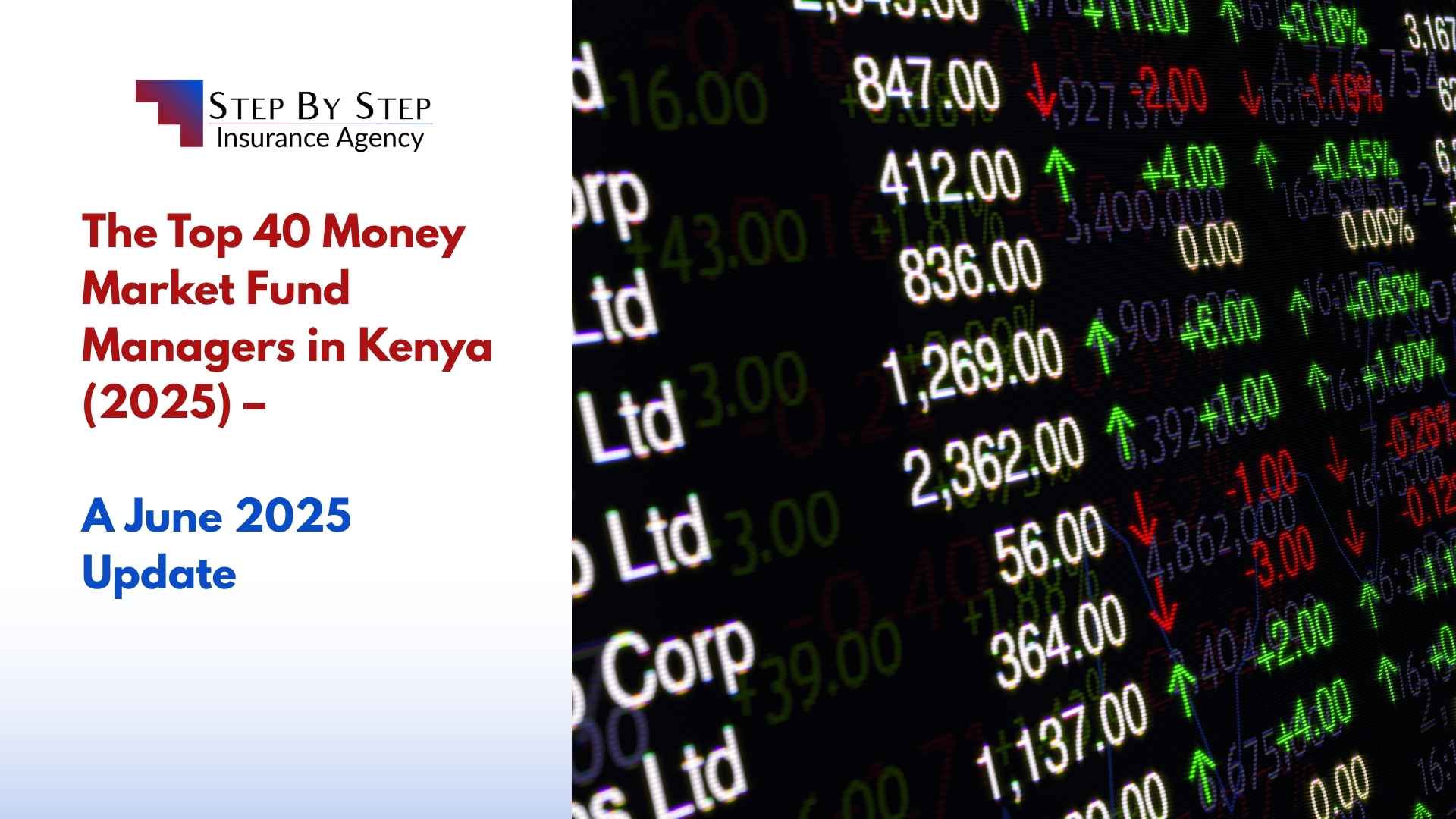Imagine this: your child is thriving at school, enjoying sports, science fairs, and field trips. Then, during a routine activity, an unexpected accident happens. For many Kenyan families, the worry isn’t just about recovery—it’s about how to pay for urgent medical care, or worse, how to cope with a tragic loss.
What if you could turn that worry into peace of mind? That’s the promise of student personal accident insurance—a safety net every parent and school should consider in 2025.
Join Our Insurance Community!
Stay updated with the latest insurance trends, tips, and news. Connect with other parents and educators who prioritize student safety.
Join WhatsApp Group
Key Takeaways
- Affordable Protection: Student personal accident insurance starts from just KSh 550 per year
- Comprehensive Coverage: Covers medical expenses, disability, and emergency services
- Legal Requirement: Student attachment cover is mandatory for industrial attachments in Kenya
- Trusted Provider: CIC General Insurance offers the most comprehensive and affordable plans
- 24/7 Support: Emergency medical services and ambulance coverage included
Why Student Personal Accident Insurance Matters
Kenyan schools are full of energy and activity. But with this vibrancy comes risk—sports injuries, playground falls, and emergencies during school trips or on the bus. When accidents happen, families often face unexpected and overwhelming expenses.
Student personal accident insurance isn’t just a box to tick. It’s about ensuring every child has access to care, and every parent can rest easy knowing help is at hand.
What Is Student Personal Accident Insurance?
Simply put, student personal accident insurance is a policy that pays out if a student is injured, disabled, or even killed in an accident. It’s designed for the unique risks children face at school, during activities, or while traveling for school events.
Key Features:
- Pays out for accidental death or permanent disability
- Covers medical expenses from accidents
- Helps with costs of artificial limbs or dental treatment
- Provides fast funeral expense support
- Includes emergency medical response and ambulance services
Who Offers the Cheapest Student Personal Accident Insurance in Kenya?
When it comes to value and reliability, CIC General Insurance Ltd. leads the way. CIC is a trusted name, known for affordable, comprehensive insurance solutions tailored for Kenyan families and institutions.
CIC Student Personal Accident Cover: What’s Inside?
Let’s break down why CIC’s cover is so popular among schools and parents:
1. Accidental Death & Permanent Disability
If tragedy strikes, the policy pays up to KSh 500,000 (depending on the plan) to support the family or the student.
2. Medical Expenses
Hospital bills after an accident can be steep. CIC reimburses up to KSh 150,000 for treatment, surgery, or medication.
3. Artificial Appliances & Dental Treatment
Need crutches, a prosthetic, or dental care after an accident? The policy covers these costs, up to KSh 40,000 for appliances and KSh 20,000 for dental care.
4. Funeral Expenses
If the worst happens, CIC pays up to KSh 50,000 for funeral expenses—often within 48 hours—helping families focus on healing, not paperwork.
5. Emergency Medical Services by AAR Rescue
This isn’t just insurance—it’s real-time help. The policy includes:
- Emergency stabilization and treatment at the scene
- Unlimited ambulance rides to hospital
- Hospital transfers if needed
- Annual first aid training for school staff
- 24-hour medical helpline
What Does the Policy Cover?
CIC’s student accident cover is comprehensive. It protects against most life-threatening conditions that require immediate attention, such as:
- Falls and fractures
- Severe back pain or fainting
- Electrocution
- Asthma attacks
- Severe bleeding or abdominal/chest pain (including heart attacks)
Coverage applies whether the accident happens at school, during a trip, or while traveling in the school bus.
How Much Does It Cost? (Plan Options & Pricing)
Here’s where CIC stands out: affordability. For as little as KSh 550 per student per year, you get robust protection. Here’s a quick look at the plans:
| Benefit |
Plan 1 |
Plan 2 |
Plan 3 |
Plan 4 |
Plan 5 |
| Accidental Death (KSh) |
100,000 |
150,000 |
300,000 |
400,000 |
500,000 |
| Permanent Disability (KSh) |
100,000 |
150,000 |
300,000 |
400,000 |
500,000 |
| Medical Expenses (KSh) |
50,000 |
75,000 |
100,000 |
125,000 |
150,000 |
| Artificial Appliances (KSh) |
20,000 |
30,000 |
30,000 |
30,000 |
40,000 |
| Dental Treatment (KSh) |
20,000 |
20,000 |
20,000 |
20,000 |
20,000 |
| Funeral Expenses (KSh) |
50,000 |
50,000 |
50,000 |
50,000 |
50,000 |
| Premium (KSh) |
300 |
388 |
525 |
638 |
775 |
| Stabilization & Treatment (KSh) |
250 |
250 |
250 |
250 |
250 |
| Total Annual Premium (KSh) |
550 |
638 |
775 |
888 |
1,025 |
Bottom line: For less than the cost of a new school uniform, you can protect your child’s future.
Student Attachment Cover: A Legal Requirement in Kenya
Did you know? If your child or student is heading for industrial attachment (internship), Kenyan law requires them to have a personal accident cover during their attachment period. This is not just a formality—attachments often expose students to new environments, machinery, and risks outside the classroom.
Why Is Student Attachment Cover Important?
- Legal Compliance: Most universities, colleges, and employers demand proof of cover before attachment begins.
- Real Protection: Attachments can involve fieldwork, lab work, or industrial settings where accidents are more likely.
- Peace of Mind: Both parents and students can focus on learning, not worrying about “what if.”
What Does CIC Offer for Student Attachment?
CIC provides a Personal Accident Cover for Students on Industrial Attachment. This cover mirrors the benefits of the main student PA policy, ensuring students are protected whether they’re in a classroom or on the job.
Key Benefits:
- Covers accidental injuries, disability, or death during the attachment period
- Pays for medical expenses and emergency treatment
- Satisfies all legal and institutional requirements for attachments in Kenya
If you’re a student, parent, or institution arranging attachments, make sure you ask for this cover specifically!
Why Parents and Schools Love CIC’s Student Cover
- It’s affordable: Even the most basic plan offers solid protection for just KSh 550 a year.
- It’s comprehensive: Covers everything from minor injuries to major emergencies.
- It’s fast: Funeral claims are paid within 48 hours, and emergency help is on call 24/7.
- It’s trusted: CIC is a household name, with a proven record across Kenya and East Africa.
- It’s practical: On-site ambulance and first aid services mean help is always close.
How Step by Step Insurance Makes It Easy for You
Insurance can feel complicated, but Step by Step Insurance is here to make it simple and stress-free for schools and parents.
Here’s How We Help:
- Personalized Guidance: Not sure which plan fits your school or child? We’ll walk you through the options and help you choose what’s best.
- Easy Enrollment: We handle the paperwork, collect the student lists, and make sure your cover starts smoothly.
- Always Here for You: Our team is available for questions, claims support, and reminders so you never miss a renewal.
- Advocacy: If there’s ever a claim or emergency, we stand by your side to ensure you get the support you deserve.
- Peace of Mind: We keep you updated on policy changes and new benefits, so your students are always protected.
With Step by Step Insurance, you get more than a policy—you get a partner who cares about your students’ safety as much as you do.
How to Enroll Your School or Child
Getting covered is straightforward:
Schools:
- Compile a list of students (name, date of birth, class).
- Select a Plan: Choose the CIC Student PA plan that fits your needs and budget.
- Submit & Pay: Send your list and payment to Step by Step Insurance or CIC.
- Sign & Stamp: The school signs the proposal and applies the official stamp/seal.
- Coverage Begins: Your students are protected as soon as the process is complete!
For attachments: Ask specifically for the student attachment cover and provide details of the attachment period and institution.
Parents: If your school isn’t yet covered, talk to the administration and share this guide—they’ll thank you later.
More Than Just Student Cover: Other School Insurance Options
CIC and Step by Step Insurance also offer:
- School bus insurance
- Schoolguard (property and liability)
- Personal accident cover for students on industrial attachment
- Motor, group accident, WIBA, domestic, livestock, pension, and medical insurance for staff
This means your whole school community can enjoy peace of mind.
Real Stories: How This Cover Changes Lives
Amina’s Story:
Amina, a 12-year-old student in Nairobi, broke her leg during a netball match. Thanks to her school’s CIC cover, her hospital bills and physiotherapy were fully paid, and an ambulance was on site within minutes.
The Otieno Family:
When their son suffered a severe asthma attack at school, the emergency response team stabilized him and transferred him to hospital—no frantic phone calls, no out-of-pocket panic.
Brian’s Attachment Experience:
Brian, a university student on industrial attachment at a manufacturing plant, suffered a minor accident. His attachment cover took care of his medical expenses and gave his family peace of mind, allowing him to focus on learning, not worrying.
Frequently Asked Questions
Is student personal accident insurance compulsory?
No, but it’s highly recommended for every school-going child. However, student attachment cover is often a legal or institutional requirement for those on industrial attachment.
Does the cover apply outside school hours?
Yes! Students are protected during school activities, trips, and while traveling in the school bus.
How fast are claims paid?
Funeral expenses are paid within 48 hours. Other claims are processed quickly as per CIC’s guidelines.
Can parents buy directly?
The cover is designed for schools, but parents can encourage their school to enroll. For attachments, students or institutions can arrange cover directly.
What documents are needed for claims?
Accident/medical reports, proof of enrollment, and claim forms as specified by the insurer.
Ready to Protect Your Students?
Don’t wait for an accident to realize the value of student personal accident insurance. Whether you’re a parent, teacher, or school administrator, now is the time to act.
Contact CIC General Insurance or Step by Step Insurance today and let’s make 2025 the year every student in Kenya is protected—affordably, reliably, and with a partner who cares.
For more information or to enroll your school or student on attachment, reach out to Step by Step Insurance—your trusted partner in student safety.













